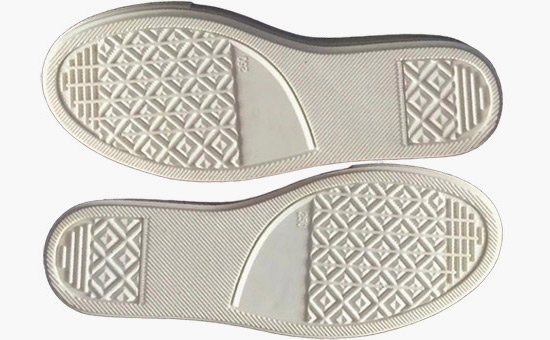
White latex reclaimed rubber is made from waste rubber cups, rubber threads, discarded latex gloves, and worn latex finger cots as raw materials. It is produced through processes such as crushing, desulfurization, and refining, and possesses the basic performance characteristics of natural rubber. It has a good elastic feel, high tensile strength, light color, and is easy to color match. It can completely or partially replace natural rubber in the production of various light-colored rubber products. With a reasonably designed rubber formulation, the comprehensive performance of light-colored natural latex reclaimed rubber products can be further optimized while reducing costs.
1. Design of the vulcanization system for light-colored natural latex reclaimed rubber products
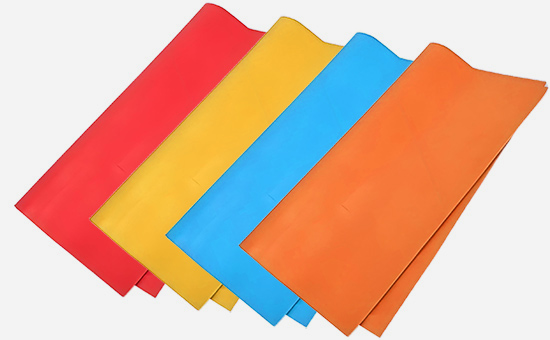
Reclaimed natural latex products commonly use conventional sulfur vulcanization systems, effective vulcanization systems (high sulfur with low accelerators, sulfur-free formulas), semi-effective vulcanization systems, and peroxide vulcanization systems. For light-colored latex reclaimed products E5LYY527 using sulfur vulcanization, it is recommended to appropriately reduce the amount of sulfur or choose insoluble sulfur, and to use low-sulfur or sulfur-free formulas to avoid issues such as "blooming" and yellowing caused by sulfur migration. White reclaimed latex can use peroxide vulcanization to prevent sulfur-induced yellowing and can be used in combination with crosslinking aid TAIC.
In the formulation of light-colored latex reclaimed rubber products, amine-type accelerators (such as Accelerator D, NOBS, which easily oxidize to form dark nitrosamines) should be avoided in the vulcanization system. Thiazole-type accelerators (low coloration), sulfenamide-type accelerators (delayed vulcanization, prevent scorching), and guanidine-type accelerators (auxiliary crosslinking, low coloration) can be used instead. When zinc oxide is used as an activator, its amount should be controlled to avoid blooming.
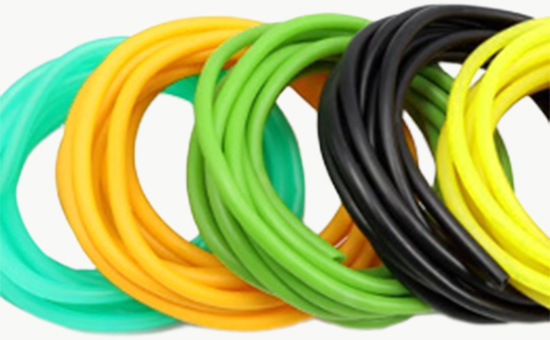
2. Design of reinforcement and filler system for light-colored natural latex reclaimed rubber products.
When choosing a reinforcing filler system additive for light-colored latex recycled rubber products, the additive should not only enhance the strength, abrasion resistance, and elasticity of the vulcanized rubber, but also maintain the light color appearance of the rubber compound. For formulations of white latex recycled rubber products, white carbon black, ultrafine active calcium carbonate, and other reinforcing fillers can be used. When adding white carbon black, it is necessary to use surfactants such as diethylene glycol, glycerin, triethanolamine, polyethylene glycol, etc. (5%-10% of the amount of white carbon black); if carbon black must be used, the amount should be strictly controlled.
When producing low-strength, low-cost light-colored rubber products using latex reclaimed rubber, a large amount of light calcium, kaolin, etc., can be added to reduce the rubber content.
3. Design of anti-aging system for light-colored natural latex reclaimed rubber products
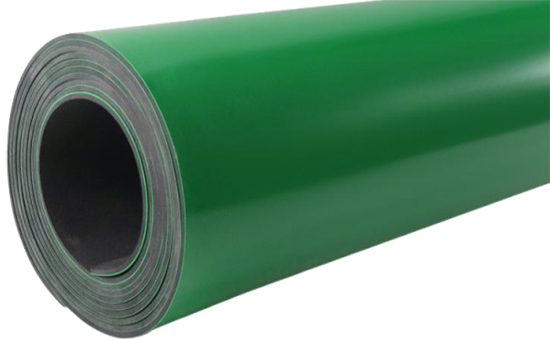
The role of the anti-aging system additives for light-colored natural latex recycled rubber products is to improve the rubber's aging resistance (against heat, oxygen, ozone, light, etc.) while avoiding color contamination or migration caused by certain anti-aging agents. It is recommended to use phenolic anti-aging agents (such as Anti-aging Agent 264, Anti-aging Agent 2246), amine anti-aging agents (such as Anti-aging Agent DNP, Anti-aging Agent 4010NA, Anti-aging Agent 4020), as well as Anti-aging Agent MB, Anti-aging Agent AW, etc.
4. Design of the softening and plasticizing system for light-colored natural latex recycled rubber products
When using softeners and plasticizers to improve the processing performance of the rubber compound and the elasticity of light-colored natural latex reclaimed rubber products, it is recommended to use naphthenic oil (good compatibility with natural rubber and reclaimed latex, not easy to migrate), paraffinic oil (colorless, does not affect the whiteness of the product), and ester plasticizers (good compatibility with natural rubber and reclaimed latex, can improve the softness of the product). Softeners not recommended for light-colored reclaimed latex products include aromatic oil (dark color, contains polycyclic aromatic hydrocarbons, easily causes yellowing and migration of the product), machinery oil (contains many impurities), and vegetable oils (such as castor oil, prone to oxidation and rancidity, causing stickiness and discoloration of the product).
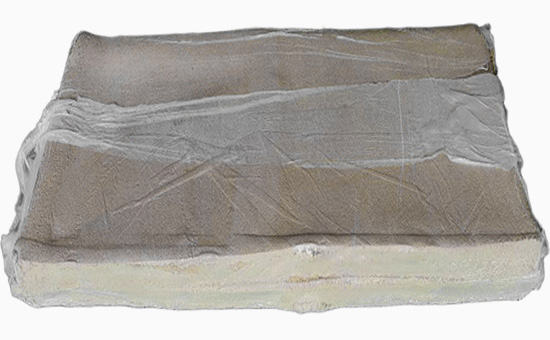
When producing light-colored rubber products using white latex reclaimed rubber as the main raw material, it is also necessary to consider the synergistic effects of additives: for example, if a high amount of white carbon black is used, the amount of softening agent should be appropriately increased to improve the dispersibility of the rubber compound; if paraffin oil is used, attention should be paid to its compatibility with antioxidants (to avoid co-migration that causes blooming). In the follow-up, I will continue to share with you the specific applications and vulcanization formulations of white latex reclaimed rubber in various light-colored rubber sheets, light-colored rubber hoses, and light-colored shoe soles.
Exclusive original article [commercial authorization] reprint, excerpt and excerpt in any form are prohibited without written authorization. Focus on Hongyun rubber: learn the process formula and raw material technology of producing rubber products from recycled rubber to help you reduce costs and increase profits